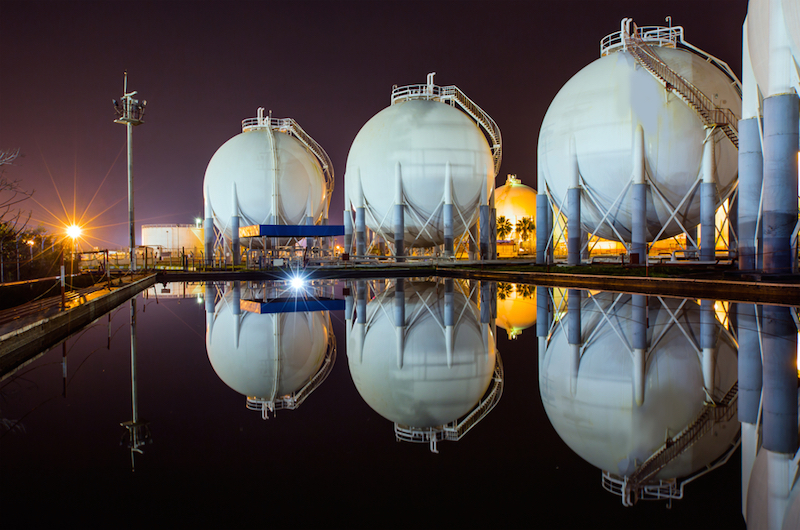Environment
Here’s why a switch to natural gas isn’t good enough

Image: Shutterstock/muratart
Natural gas is expected to have more CO2 emissions than coal does. There’s a future you probably never thought you’d live in.
It has long been touted as a more environmentally friendly fuel source over coal. After all, different types of coal produce anywhere from 214.3 to 228.6 pounds of CO2 per million British thermal units, or Btu. While it sits at a significantly less terrible 117 pounds.
Yet the U.S. Energy Information Administration (EIA) projected that we’re set to have 10% more CO2 emissions from natural gas as we are from coal in 2016. The number discrepancy comes primarily from the fact that we’re using more natural gas. In an effort to move towards being more environmentally friendly by switching to natural gas and renewable power, we’ve managed to make this “natural” type of gas the new bad guy.
Granted, it’s not as bad as it sounds. Yet, as projected use of coal falls, we use more and more natural gas to compensate. But CO2 emissions from this kind of gas sit far lower than coal did at the peak of its consumption. We’re talking about a difference of more than 500 million metric tons.
Natural gas also emits 50-60% less CO2 emissions when combusted in a state-of-the-art efficient plant than a typical new coal plant does. Further, it emits 15-20% less heat-trapping gases than gasoline when used in modern cars.
But if we want to make more of a dent in CO2 emissions, this just isn’t the answer.
Why we need to move away from natural gas
Natural gas still has plenty of problems of its own. Drilling and extracting natural gas releases methane, which is 34 times stronger when trapping heat over 100 years and 86 times stronger over 20 years than CO2. Methane is like CO2 as a greenhouse gas, but on crack.
Granted, there are technologies to keep these methane leaks down, but they require extensive policies, monitoring, and of course, universal maintenance, availability and application of the technologies themselves. Then there are the environmentally damaging effects of extracting gas itself, from hydraulic fracturing (fracking) that has been linked to earthquakes to endangering water supplies while extracting natural gas.
And you can’t ignore the fact that natural gas is still a nonrenewable source of energy. Like oil and coal, natural gas forms deep in the Earth as a byproduct of decaying and pressurized organic matter over millions of years. It is possible to use it up. At our 2013 rate of natural gas consumption of 27 trillion cubic feet per year, the EIA estimates the U.S. has about 84 years of natural gas left.
At the end of the day, natural gas is still pulling a source of energy out of the Earth, with all the risks and degradation that it includes. And in a world with completely renewable wind, solar and hydroelectric power sources, it doesn’t make a ton of sense over the long term to depend on natural gas the way we’ve depended on coal in the past.





0 comments